
All of our products are tested and adjusted repeatedly to ensure the best TASCAM sound quality. Therefore, adjusting constants and using thin-film resistors, or filters to reduce power supply noises, etc. are just some of the many know-how skills we have taken to improve the distortion rate and S/N values.
Today, we have three different circuit architectures implemented in our products.
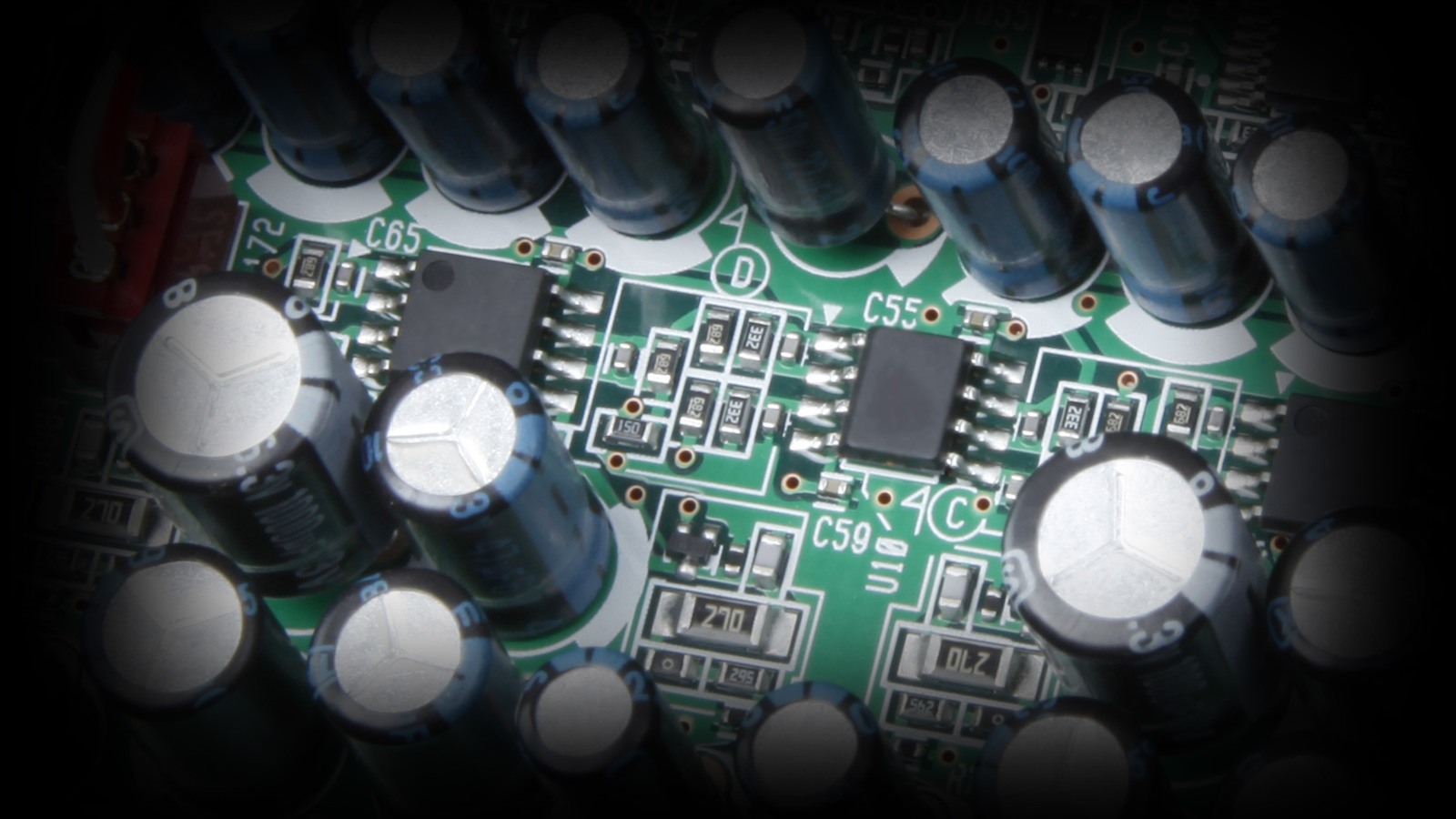
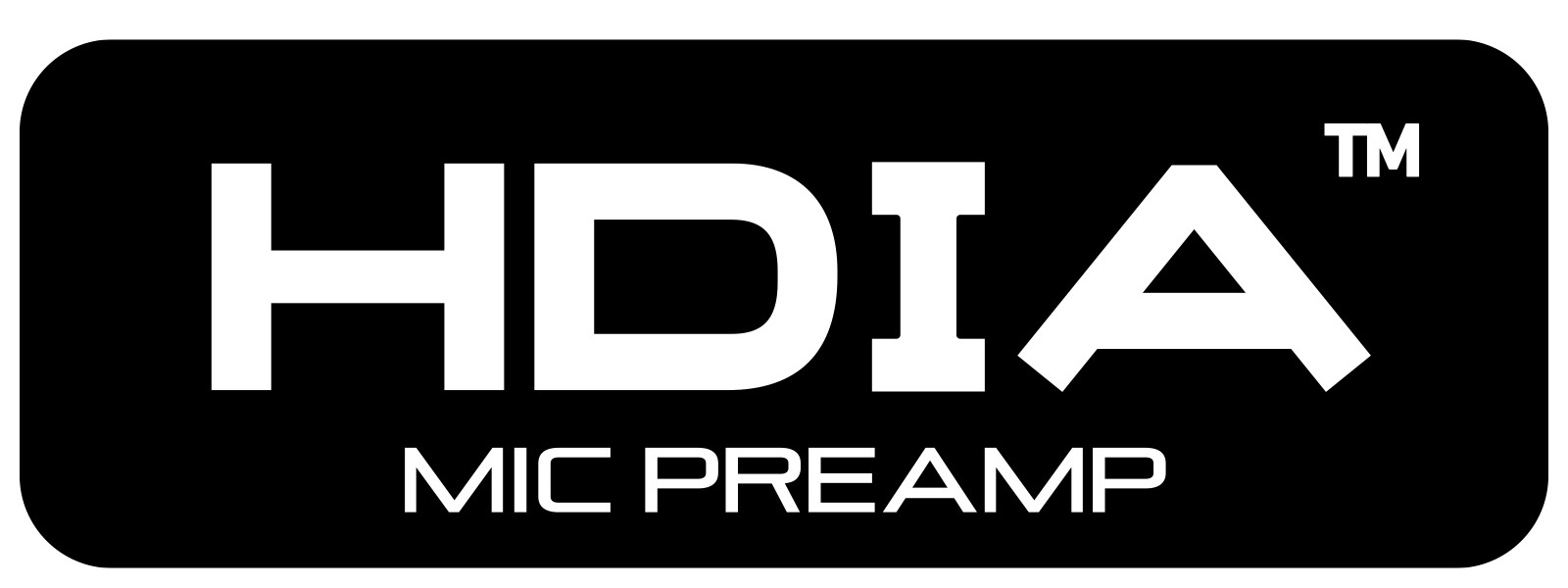
Type: Instrumentation Amplifier
HDIA has an instrumentation amplifier with ultra-low noise characteristics employed in the first stage of the microphone amplifier section, delivering excellence in EIN, S/N ratio, distortion ratio, and overall frequency response. This architecture provides a generous gain range and acoustic characteristics are maintained even when the gain is increased.
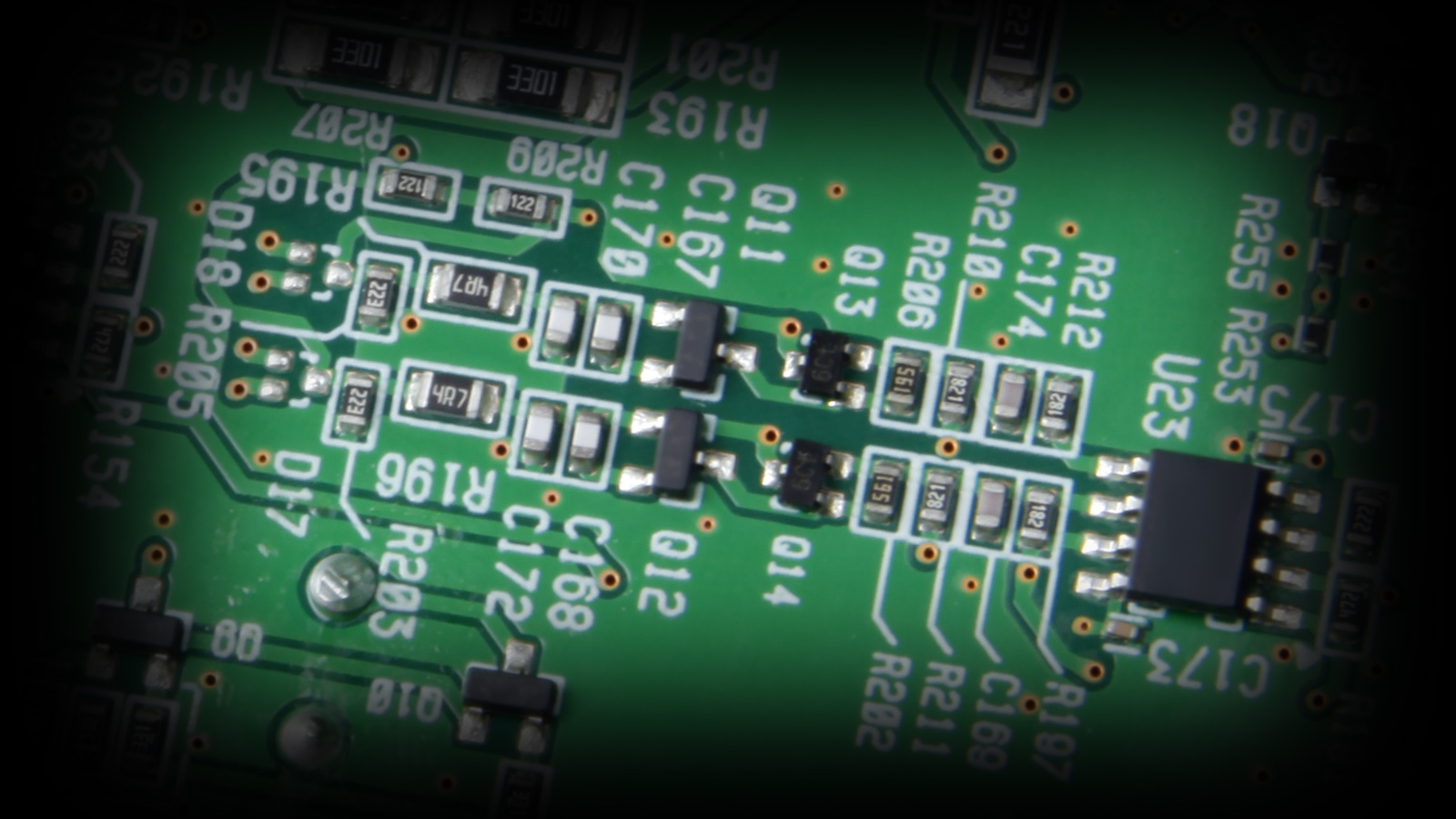
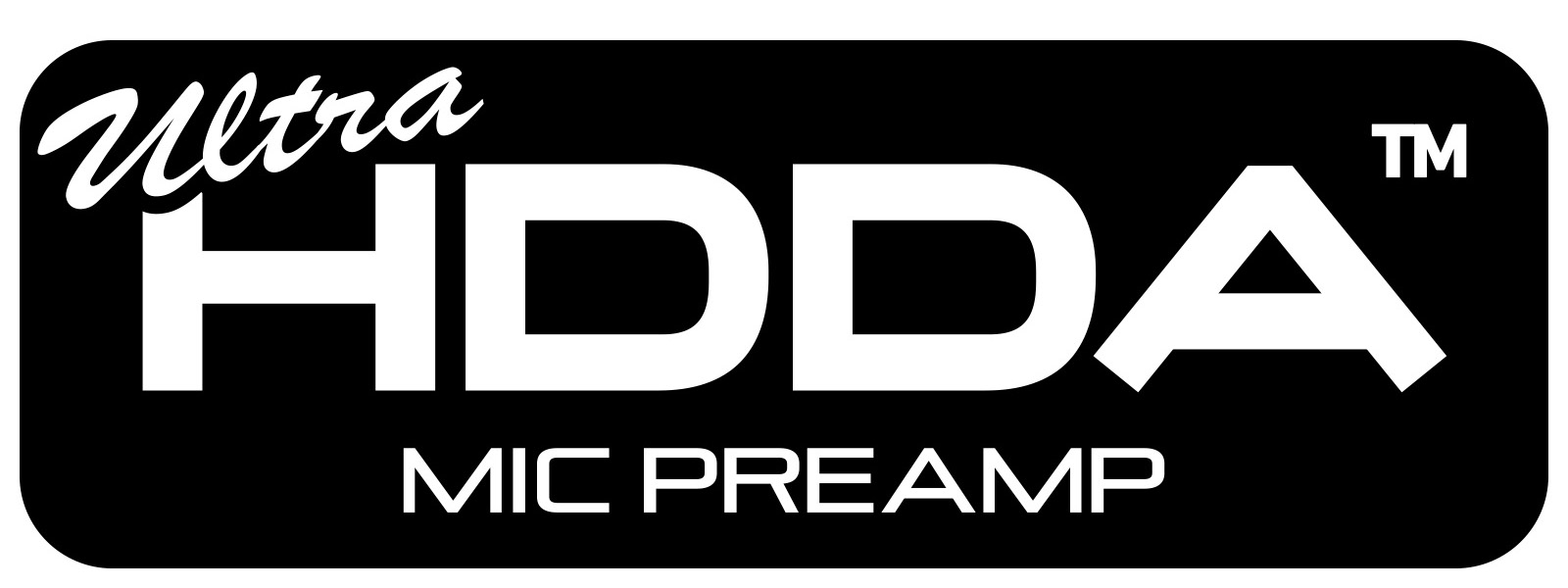
Type: Discrete
Using discrete components, a Darlington circuit and a constant current power supply circuit is adopted in the first stage of the microphone amplifier. This architecture allows the input signals to be less affected by the impedance fluctuation of the power supply and offers a wide gain range with improved CMRR and S/N ratio.
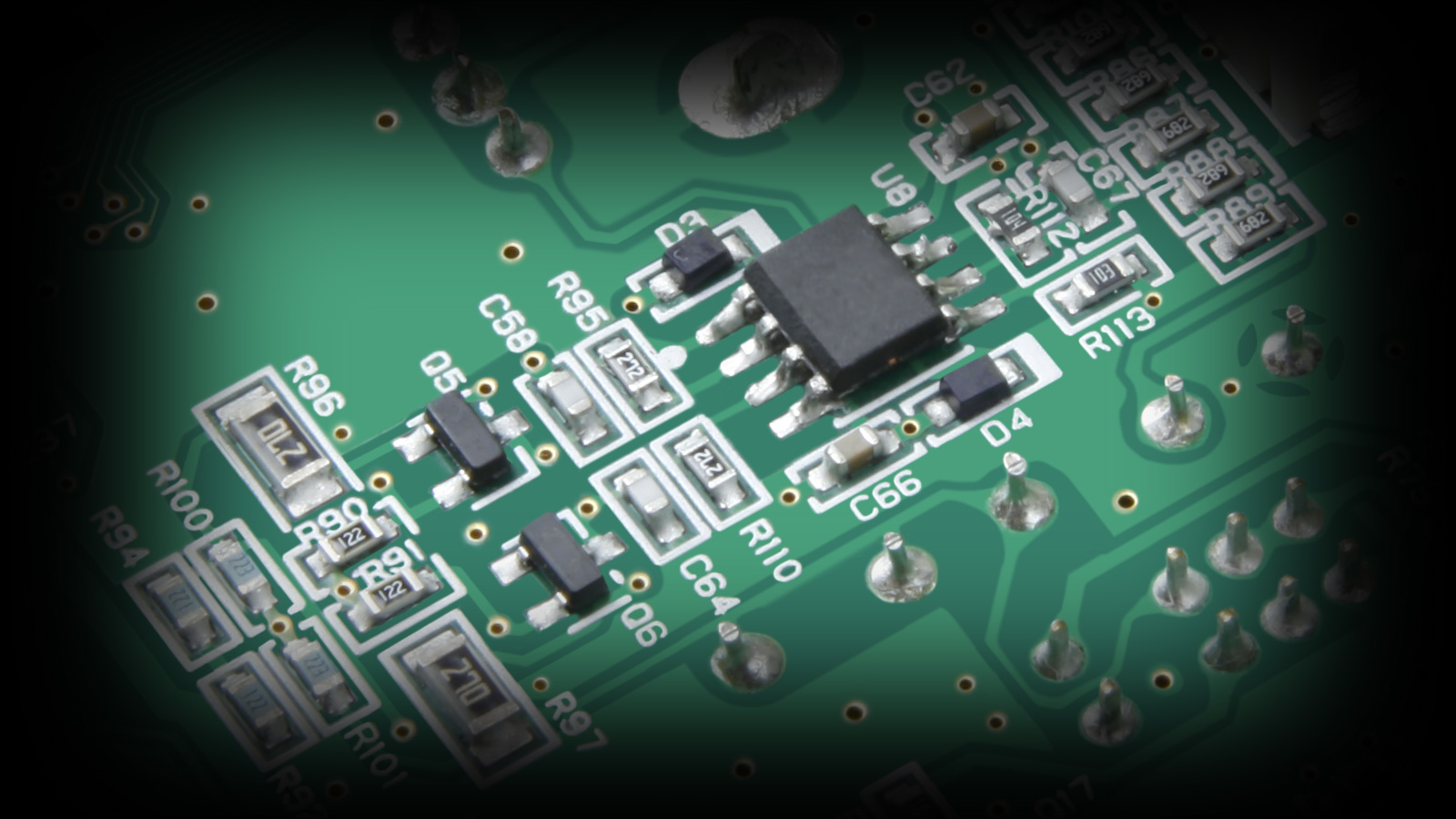

Type: Discrete
The first stage of the microphone amplifier is composed of discrete components and employs carefully selected transistors that achieve EIN improvement.
EIN(Equivalent Input Noise):
EIN is the value of the noise generated inside the amplifier that will be added to the input signals.
Substantially, this represents the smallest signal level the unit can handle and is one of the most important parameters used for expressing the performance of audio equipment such as microphone preamplifiers, etc.
S/N(Signal Noise Ratio)Ratio:
The S/N ratio is another important parameter that expresses the performance of audio equipment. It compares the signal level to the amount of noise that comes with it. The higher the value (greater than 0 dB), the less noise is obtained.
Frequency Response:
The frequency response is often shown in graphs or numbers and indicates the acoustic frequency bandwidth the equipment can handle. In a graph, the ideal frequency is shown as a line that goes straight from low to high frequencies and represents a more natural and crispy clean sound. In numbers for example, between 20Hz to 20kHz +/-6dB, and 20Hz to 20kHz +/-1dB, the latter is the closest to this ideal.
CMRR (Common Mode Rejection Ratio):
CMRR is the measure of the ability to remove input noise components in balanced input amplifiers and/or other equipment.